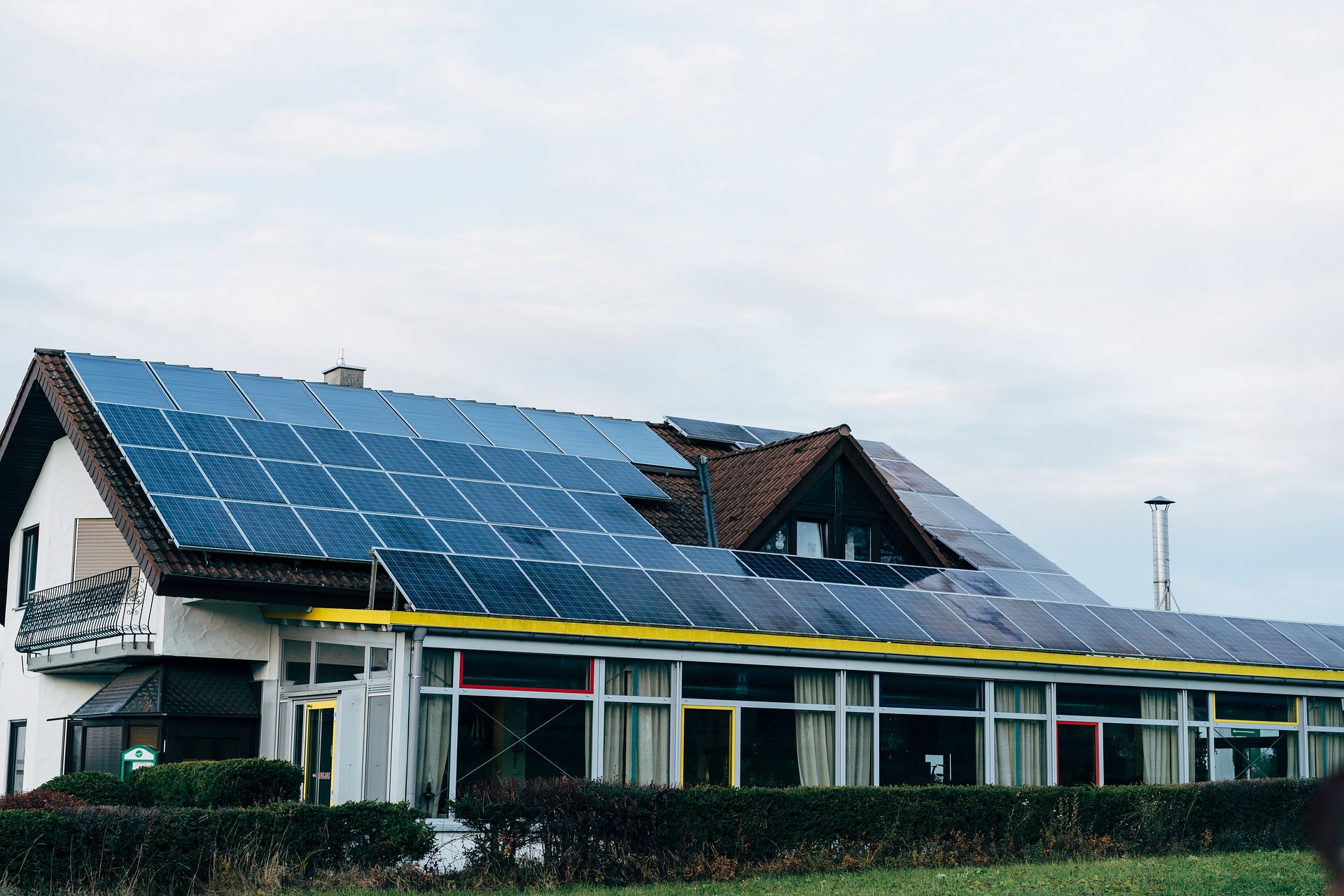Tiny Houses: A Comprehensive Guide to Minimalist Living
Tiny houses have become increasingly popular in recent years as people seek more affordable, sustainable, and minimalist living options. These compact dwellings, typically ranging from 100 to 400 square feet, offer a unique approach to housing that challenges traditional notions of space and consumption. In this article, we'll explore the world of tiny houses, their benefits, challenges, and impact on modern living.

Why are people choosing tiny house living?
The appeal of tiny houses lies in their ability to offer a more sustainable and financially accessible lifestyle. Many individuals are drawn to the minimalist living concept, which encourages decluttering and focusing on experiences rather than material possessions. Tiny houses also provide an affordable housing option in a time of rising real estate prices and increasing urban density. For environmentally conscious individuals, the reduced carbon footprint associated with tiny houses aligns well with sustainable living goals.
What are the benefits of living in a tiny house?
Living in a tiny house offers numerous advantages. Firstly, the smaller space requires less energy to heat and cool, resulting in lower utility bills and reduced environmental impact. The compact design also encourages more efficient use of resources and promotes a minimalist lifestyle. Financially, tiny houses are often more affordable than traditional homes, both in terms of initial costs and ongoing maintenance expenses. This can lead to greater financial freedom and the ability to allocate resources towards experiences or personal growth rather than housing costs.
What challenges come with tiny house living?
While tiny houses offer many benefits, they also present unique challenges. Space constraints can be difficult for some individuals, particularly those accustomed to larger living areas. Storage becomes a critical consideration, requiring creative solutions and careful organization. Zoning laws and building codes can also pose obstacles, as many areas have minimum size requirements for residential structures. Additionally, the nomadic lifestyle often associated with tiny houses on wheels may not suit everyone, and finding suitable parking locations can be challenging in some regions.
How does tiny house living impact the environment?
Tiny houses have a significantly smaller environmental footprint compared to traditional homes. Their reduced size means less material is required for construction, and their energy efficiency results in lower consumption of resources. Many tiny house owners incorporate sustainable features such as solar panels, composting toilets, and rainwater collection systems, further minimizing their environmental impact. By promoting a minimalist lifestyle, tiny houses also encourage reduced consumption and waste generation, aligning well with sustainable living principles.
What are the costs associated with tiny house living?
The cost of a tiny house can vary widely depending on factors such as size, materials, and level of customization. Here’s a general overview of pricing for different tiny house options:
| Type of Tiny House | Average Cost Range | Key Features |
|---|---|---|
| DIY Build | $15,000 - $40,000 | Customizable, lowest cost, requires time and skill |
| Professionally Built | $30,000 - $80,000 | Higher quality, faster completion, less personal labor |
| Luxury Tiny House | $80,000 - $150,000+ | High-end finishes, advanced technology, premium materials |
| Prefab Tiny House | $25,000 - $60,000 | Quick assembly, standardized design, potential for mass production |
Prices, rates, or cost estimates mentioned in this article are based on the latest available information but may change over time. Independent research is advised before making financial decisions.
It’s important to note that while the initial cost of a tiny house may be lower than a traditional home, additional expenses such as land purchase or rental, utility hookups, and potential relocation costs should be considered when budgeting for tiny house living.
Tiny houses represent a unique approach to housing that challenges conventional notions of space and consumption. By embracing minimalist living and sustainable practices, tiny house dwellers are pioneering new ways of thinking about home and lifestyle. While not without its challenges, the tiny house movement continues to grow, offering an alternative path to affordable housing and a more environmentally conscious way of life. As urban areas become increasingly crowded and housing costs continue to rise, tiny houses may play an increasingly important role in addressing housing needs and promoting sustainable living practices.






